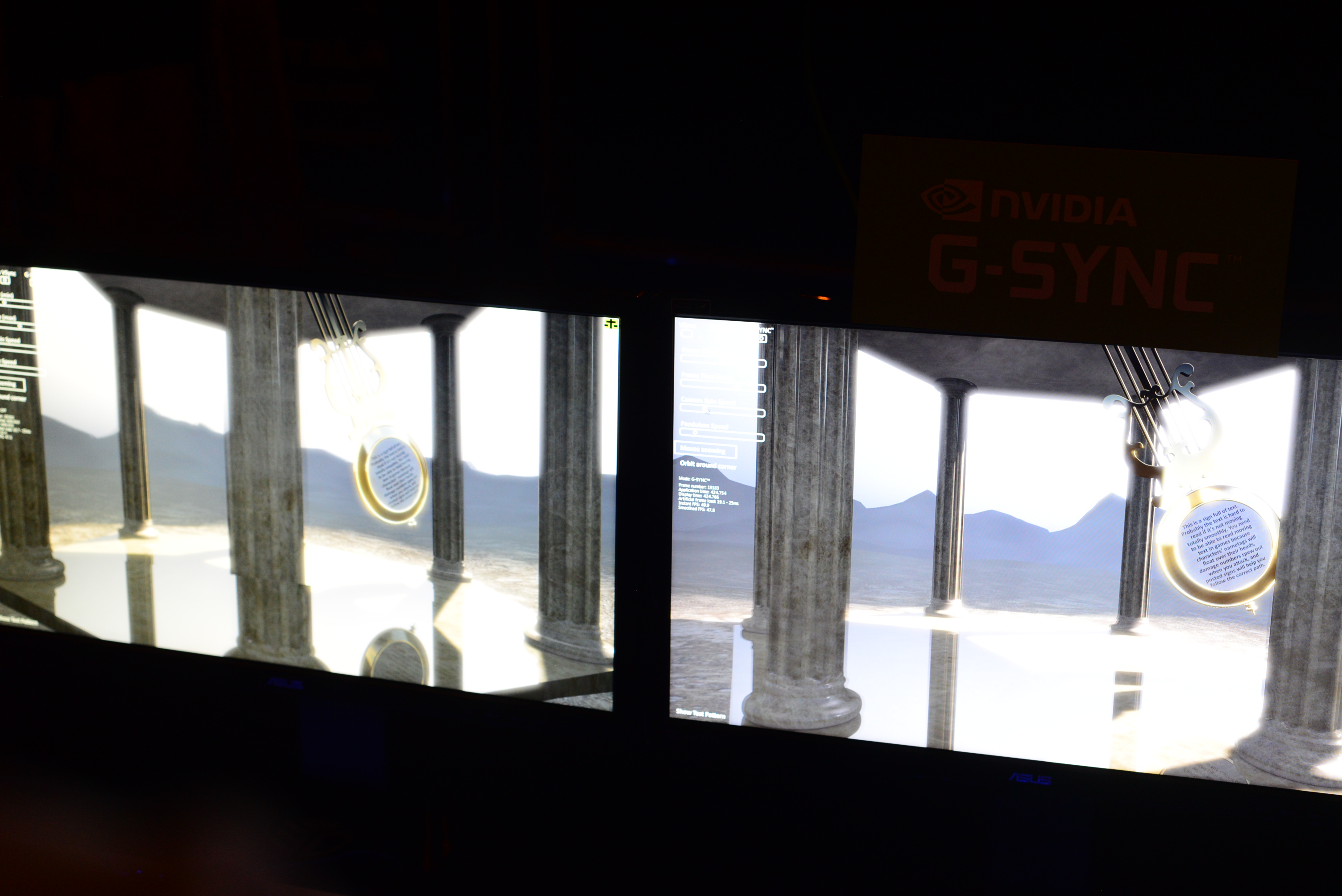I get what that means. I also get that this wouldn't have happened without Nvidia.
Could you explain why? Right now, I'm imagining a signal from the GPU, being the message "frame ready" or however it should be worded, which then triggers a refresh of the screen. Aside from needing the ability to hold back a new refresh cycle, is there something I'm missing? I don't want to come in here all "herp derp, this should be easy", I'm just imaging that if you built your own screen and card, this would be a straight forward enough thing to do. Just the other day I was pondering fancy ways to eliminate the tearing problem, since Dark Souls is doing a thing where it's at stable 60 fps, but somehow gets out of sync and half the frame is torn, but I was imagining that when some tech like this came out, it was more advanced than what this seems to be. So it must be something I'm missing.

